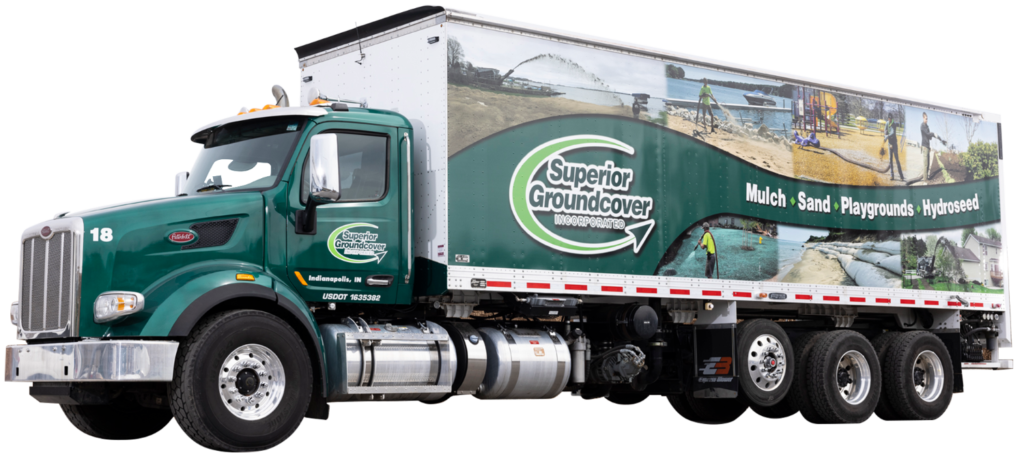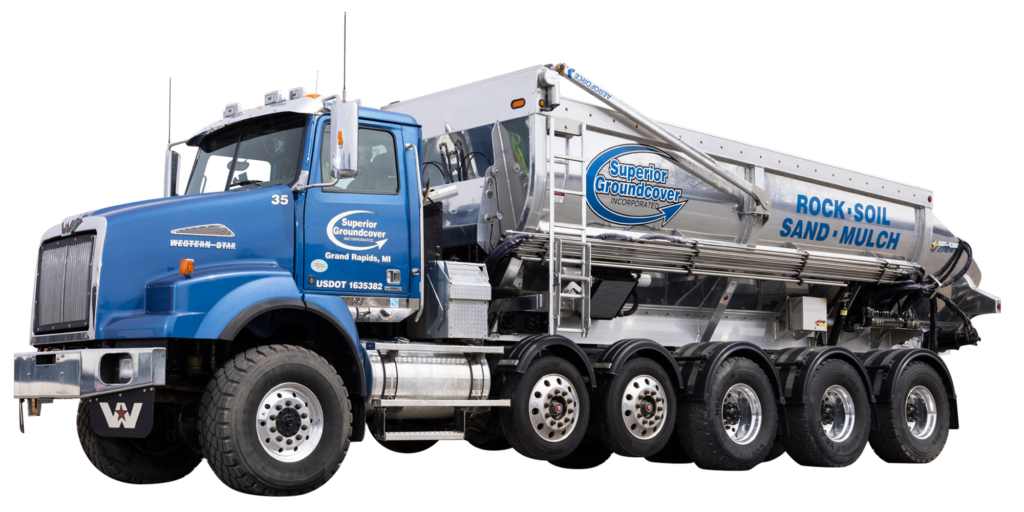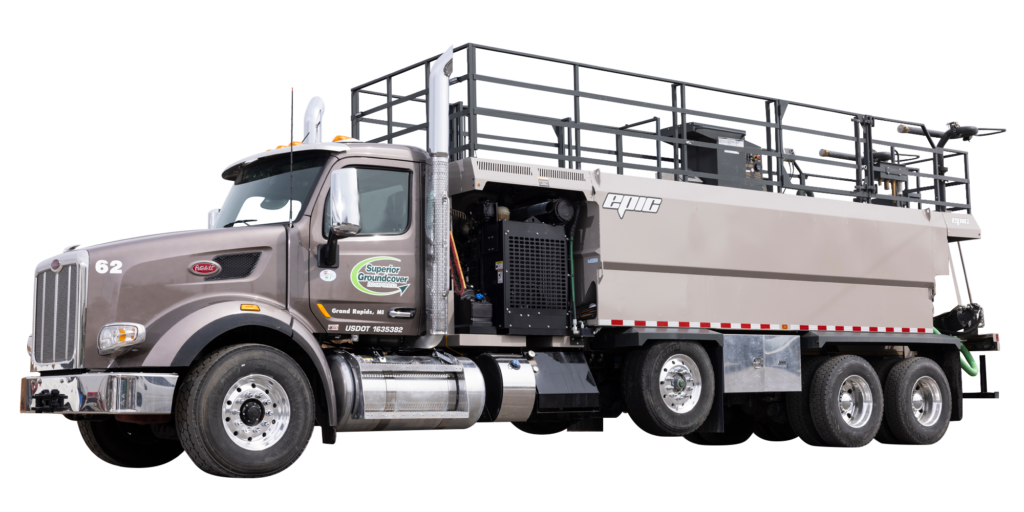When the banks of a pond or stream are destabilized, they become more susceptible to erosion and flooding. This can ruin the look of your shoreline, damage local wildlife habitats, and make recreation impossible. That’s why it’s important to maintain strong bank stability through long-lasting and environmentally friendly means.
How to Repair Pond Bank Erosion
The type of pond bank erosion control you employ will depend on several factors:
- The shape of the shoreline
- The soil makeup of the shoreline
- The size of the body of water
- The type of the body of water
- How much erosion has already occurred
There are several different options you can take for pond bank stabilization. If you’re unsure of which one is right for you, we recommend talking with an erosion control specialist.
Beach Nourishment
One of the easiest ways to replenish lost sand along the shoreline is through beach nourishment. While it won’t necessarily prevent future erosion, it can make up for what was lost and work in tandem with an erosion prevention solution.
You’ll want to be careful when adding large amounts of sand to your shoreline to ensure that it won’t hurt the existing ecosystem. Sand that is the wrong size, type, and pH level can be harmful to local wildlife, especially microorganisms. Working with a professional sand application company will ensure that you choose the right sand for your beach.
But beach nourishment without solving the erosion problem can actually make the situation worse. Each time sand is washed into the water, it can raise the level of sediment at the bed of the pond or stream, making the water along the banks shallower. This can increase the risk of both flooding and erosion. That’s why you need to have a pond bank stabilization strategy that will prevent the future loss of sand.
If you’ve experienced heavy erosion that has led to a buildup of sediment along the banks of your waterways, you may need to dredge the water along the shoreline. There are services available that can scoop up the sediment and use it to replace lost soil along the banks, though this is typically an expensive solution.
Geotextile Pond Bank Stabilization Products
While adding sand to your shoreline is a great choice if you want to preserve your beach and create an area where people can sit or swim, geotextile products allow you to create a smooth, solid, and visually appealing shoreline.
SOX is a popular erosion control strategy that will improve bank stability. The product is placed along the shoreline and filled with a mixture of soil and sand, before being vegetated to create a strong barrier against erosion.
SOX fabric is strong enough to create a barrier against strong waves, but porous enough to allow grass and other plants to grow through. This is essential to creating the kind of shoreline that supports vegetation and wildlife.
How to Prevent Shoreline Erosion
Erosion is a persistent and costly issue for many communities. Unfortunately, according to the EPA, climate change is likely to increase the number of intense rainstorms that cause erosion. By utilizing effective stream and pond erosion control methods, you can better protect your home or business while preserving the natural beauty of your shoreline.
Vegetation
Native plants with strong roots are an effective and environmentally appealing erosion control solution. Not only do they support the health of the soil and local ecosystem, but the right plants can keep your shoreline clean and visually appealing. Dune grass is one of the most popular options for adding vegetation to your beach because of its long roots, resilience, and ability to be replanted along the shoreline.
However, the right vegetation for your shoreline will depend on the climate in your area and the type of soil that makes up your bank. A professional pond bank stabilization company in your local area will be able to provide you with good recommendations.
Some of the best plants for erosion control in the Midwest include:
- Black-eyed Susan
- Milkweed
- American beach grass
- Alsike clover
- Lupine
- Iris cristata
- Cleft phlox
- Sumac
- Prairie grass
- Wild bergamot
- Medium red clover
- White Dutch clover
Proactive Maintenance
If you’re not at the point of needing large-scale erosion control methods, some preventative maintenance can be an effective and affordable solution. Be sure to clear debris such as fallen trees or branches that could mess with the flow of water and redirect it into causing erosion on your bank.
There are also certain types of wildlife, such as muskrats, that can weaken your banks and cause them to collapse into the water. Look for tracks or signs of burrowing that may indicate the animals are present. They are typically most active during the early morning or late evening hours, which is a good time to be on the lookout if you suspect you have an issue.
Our SOX Installation Service
The experienced staff at Superior Groundcover are experts at installing high-quality SOX products in ponds, lakes, streams, and other bodies of water that are experiencing erosion.
We’ll check for underground utilities, identify drainage outlet pipes, and remove any debris in the area that might interfere. Then we’ll fill the SOX system with our custom backfill material and contour it to your existing bank.
We may also use native plants, sod, hydroseeding, or other methods to ensure your SOX system has plenty of vegetation and will create a visually appealing bank that is effective in preventing future erosion.
Working with an experienced pond bank stabilization team can ensure that you don’t have to take further steps to preserve your shoreline for years to come, saving you time and money.




